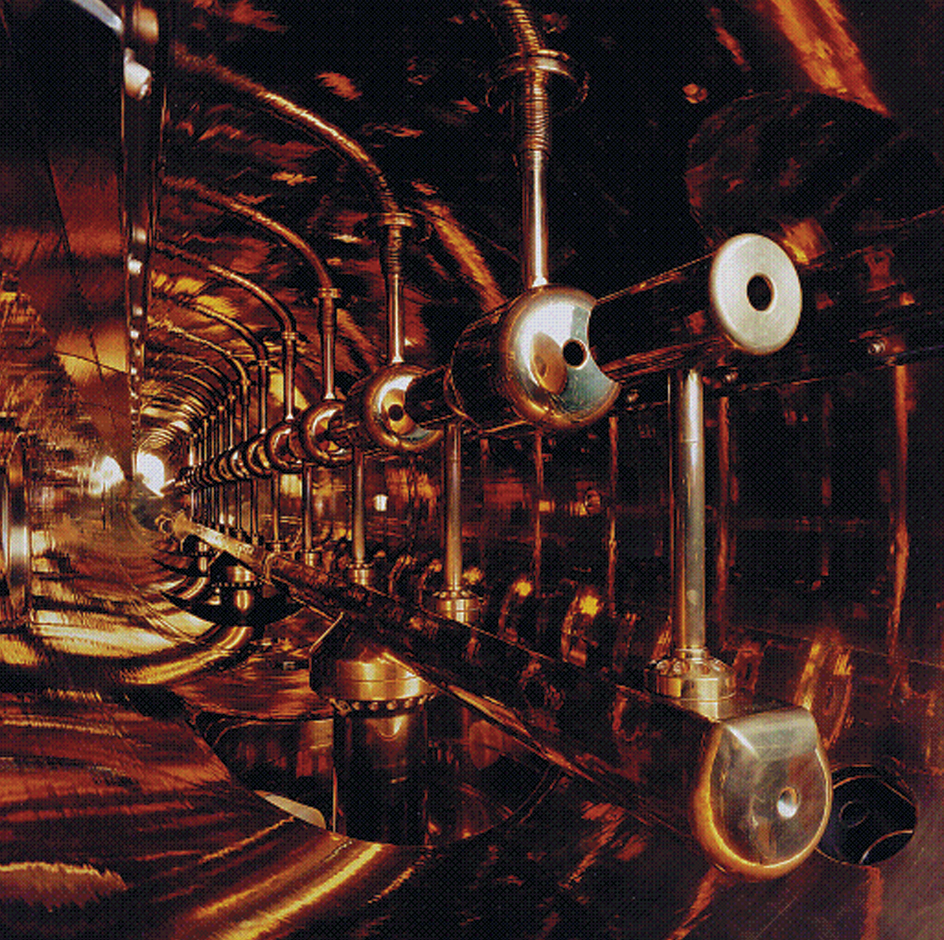Supersymmetry is a theory about the relation between the two major groups of elementary particles. Elementary particles are subatomic particles, such as electrons, quarks, and neutrinos, that have no known smaller parts. Physicists divide all such particles into two groups: bosons and fermions. Bosons and fermions differ primarily in spin, a measure of internal rotation.
According to supersymmetry theory, each type of boson shares a special relationship with a type of fermion called its superpartner. Similarly, each fermion has a boson superpartner. Under certain conditions, a boson or fermion could transform into its superpartner simply by changing its spin. The existence of boson and fermion superpartners would establish an orderly mathematical relation between the two groups of particles. In physics, such a relation is known as a symmetry. Physicists call supersymmetry a hidden symmetry because the relationship between superpartners would not be apparent under most conditions.
No known boson and fermion share a superpartner relationship. Therefore, if supersymmetry exists, the superpartners of the known particles must be bosons and fermions that are yet to be discovered. Scientists search for subatomic particles using devices called particle accelerators. The undiscovered superpartners may be too massive to be produced in current particle accelerators.

Physicists have developed supersymmetry for many reasons. Similar symmetries underlie many laws of physics, and earlier symmetry theories have led to the discovery of new particles. Supersymmetry could also solve many important questions in physics and mathematics. For example, calculations indicate that the universe contains much more matter than we observe. Undiscovered superpartners of known particles might account for the missing mass.
